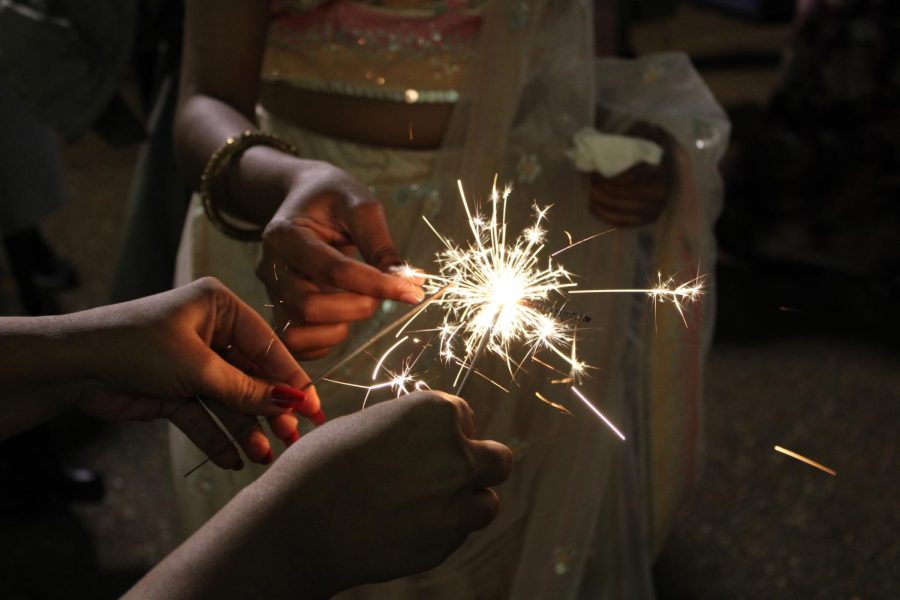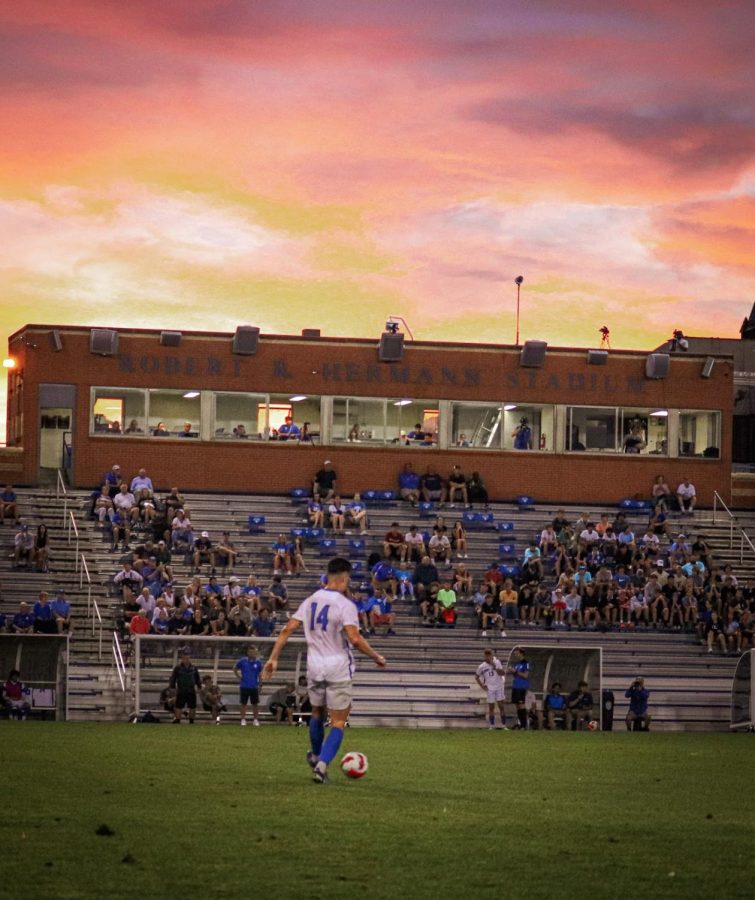It was first an expanse of agricultural land in the early 19th century. Then it grew into a prominent residential area that eventually slipped into the despair of urban decay. Now it is becoming a key in the revival of St. Louis City.
The South Grand area’s heritage and importance are being rediscovered by people throughout St. Louis and abroad.
The South Grand area began humbly as farmland. Most of the land was purchased by the Russell family, which established its large estate, Oak Hill, on this land. The family made its fortune when it discovered deposits of coal throughout the area.
The Russells quickly capitalized on their discovery, knowing that the growing city, St. Louis, only miles away, would need the coal for its industrial growth. The Parker-Russell Mining Company was established and propelled the city’s growth and the Russell family’s pocket book. The Russell family didn’t stop at just coal, either; they also used the area’s other main ecological resource: clay.
The Oak Hill Fire Brick and Tile Works fired clay that was used as the main component of the bricks that built the city and made St. Louis known as the red-brick city. These two companies helped establish this area by employing numerous people.
Henry Shaw also contributed greatly to the area in its early days. Shaw came to St. Louis at the young age of 18 and later became extremely wealthy by selling hardware. He became one of the largest landowners of the area and established Tower Grove Park and the Botanical Gardens.
Between the coal and clay industry, Tower Grove Park and the botanical gardens, the South Grand area became a magnet for residential development.
In 1855, the city limits of St. Louis were expanded to Grand Avenue. A huge influx of Germans helped the area grow and gain prominence in the 1850s.
They invested in their new community by establishing churches and schools. By the turn of the 20th century, the area was alive and well, and banks, theaters and shops sustained the area’s economy.
The Tower Grove area, however, would not escape the urban decay that crippled the city after World War II. “Churches were the only stabilizing force left for the area,” said James Scott, Ph.D. The area was left to wither away.
All of that is changing now. As South Grand experiences an influx of people, its commercial area is rapidly expanding and being redeveloped. “New?pubs?and?shops are?opening?all?over?the?area,” said Hal Bush, Ph.D., a resident of the area. South Grand is one of the most diverse in the city, home to Japanese, Greek, Jewish and Ethiopian people, among others.
“The diversity of this area is what makes the city work. The convenience of the area, large homes that used to be inexpensive, made it easy for someone who is just getting their feet on the ground,” said Susan Anderson, executive director for the South Grand Community Improvement District.
But it is not just immigrants that are coming back to the area. “People are rethinking about living in the city. We are seeing people from West and South County willing to pay the earnings tax, rather than make the hour-long commute,” said Scott.
People are also discovering that living in the city is convenient and offers things that suburbia can’t. “I am only two miles from my office at Saint Louis University. I can walk to the second-largest park in the city, Tower Grove. People?seem?much?friendlier?than?the?folks?out?in?West County,?where?we?lived?when?we?first?came?to?SLU,” Bush said.
“We have come so far in recent years. Ten years ago a livable condition, two-story house was going for about $80,000 to $90,000 and now is going for $200,000 to $250,000. These houses are historical, have character and will be here for years to come,” said Anderson.
While the area has made significant improvements in recent years, there are still major challenges ahead for the area.
People who left the area 20 years ago haven’t been back and are relying on archaic information. “That perception-once set, it’s very difficult to change. It is one of the greatest challenges we still face,” said Anderson.
The South Grand area has a long history of people who came, settled and put their lives into the community. “We are in the middle of an exciting time for not only the South Grand area, but also St. Louis. If people continue to put faith into the city, we are just seeing the beginning of something great,” Anderson said.







